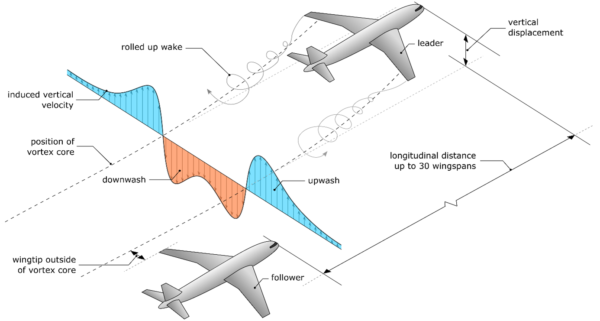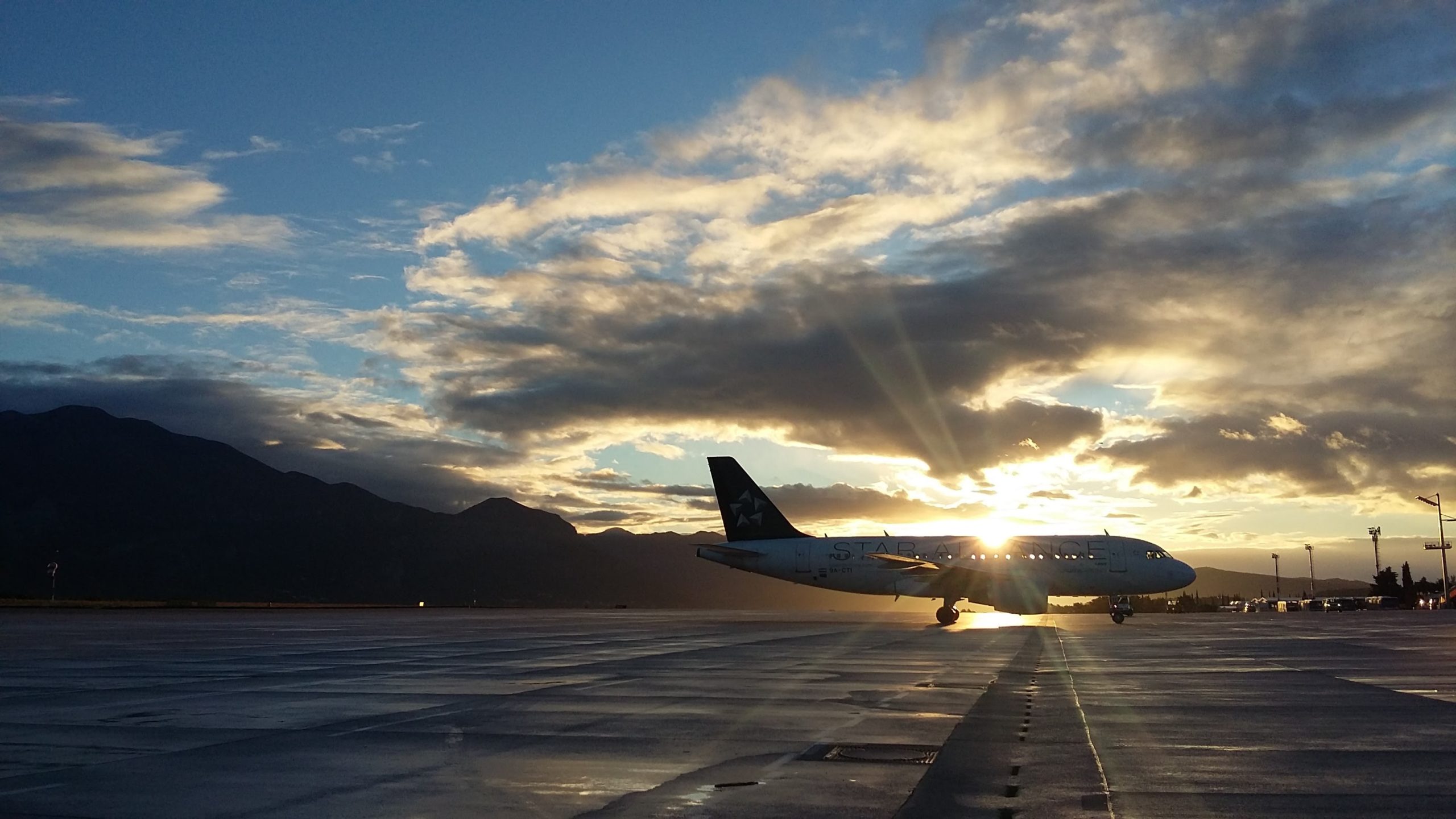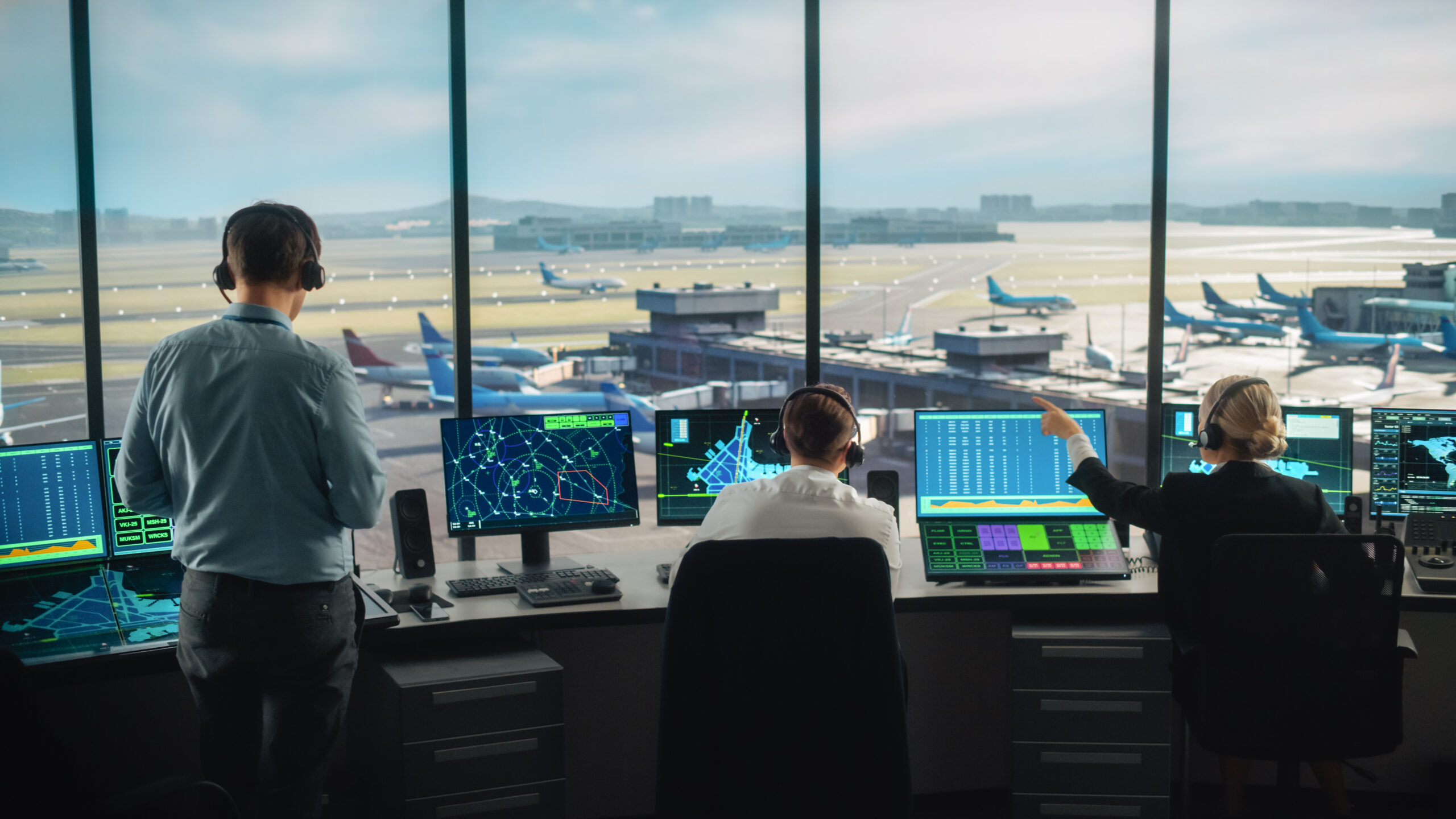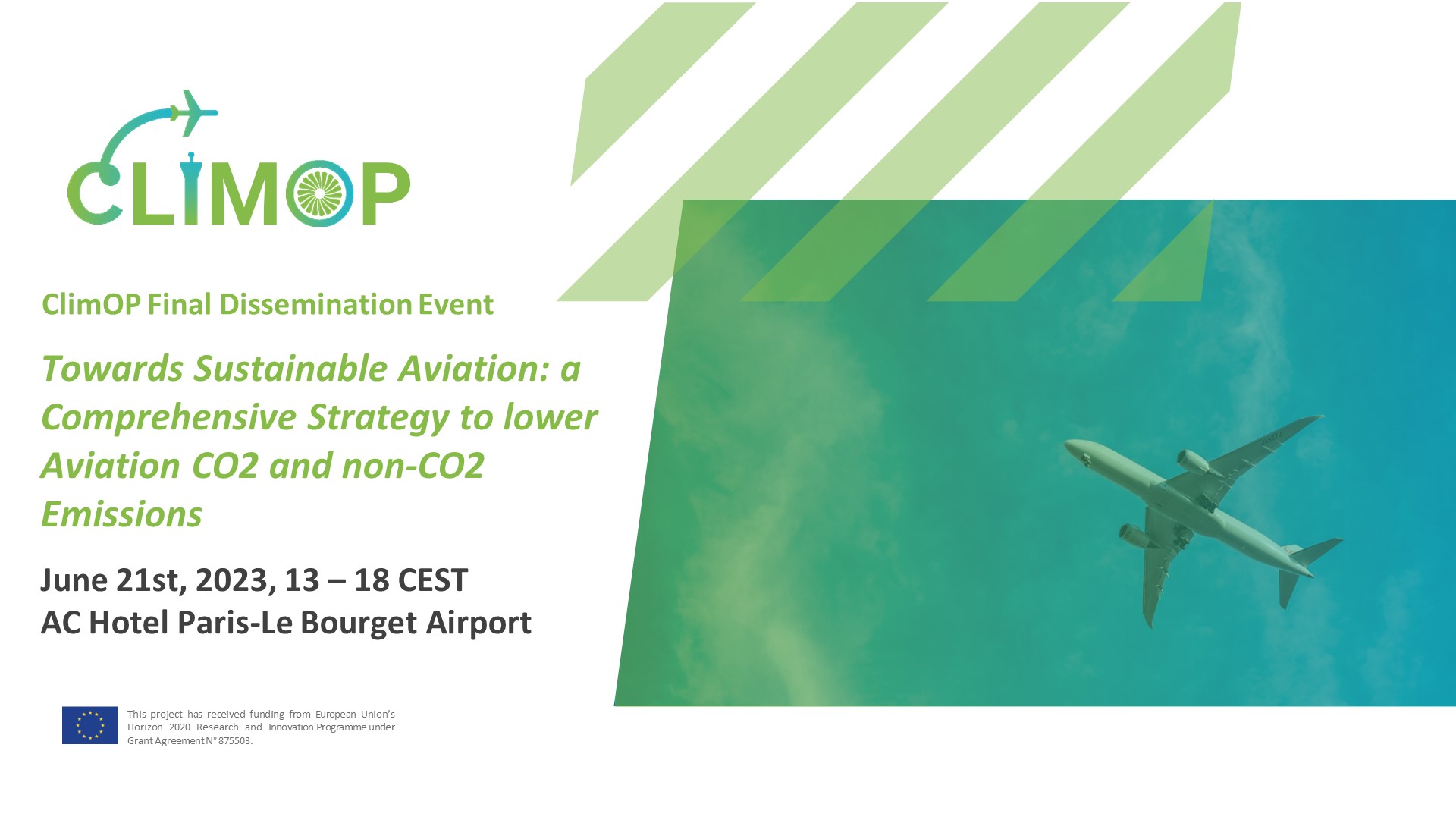The German Aerospace Center (DLR) is the research organization of the Federal Republic of Germany for aeronautics, space, energy and transport with an additional focus on security and digitalization. More than 50 institutes all over the country develop, investigate and assess innovative and sustainable solutions, such as novel aircraft designs, efficient propulsion technologies including (hybrid-)electric propulsion, sustainable aviation fuels (SAF) and changes in flight operations to contribute to a greener aviation. Other central issues addressed in the field of sustainable aviation include the optimization of air traffic management processes, urban air mobility and research in maintenance, repair and overhaul or recycling of aircraft components.
DLR contributes to several worldwide prestigious research projects and collaborates with various international research organizations, universities and stakeholders from the entire aeronautics sector. In all these collaborations, the German Aerospace Centre brings different large-scale research facilities, such as wind tunnels, test benches, simulators and laboratories. DLR also operates Europe’s largest fleet of research aircraft from the associated airports of Braunschweig and Oberpfaffenhofen. On the other side, with experts from mechanical engineering, atmospheric science, aerospace engineering, computer engineering, material science and economics, DLR can count on an interdisciplinary team to reduce aviation emissions.

Figure 1. Contrails predominantly have a warming effect on the atmospheric climate.
Leading research on the climate impact of aviation
DLR is among the world’s leading institutions for research on the climate impact of aviation, demonstrating its abilities in numerous research projects over the last decades. During these activities promising operational improvements (OIs), such as intermediate stop operations, climate optimized trajectories and climate-restricted or climate-charged areas, were investigated. Now, DLR applies the competencies previously developed to achieve ClimOP‘s goal of identifying a set of mitigation strategies to reduce the climate impact of aviation. In this process, DLR involves two institutes with a focus on sustainable aviation research.
The DLR Institute of Atmospheric Physics in Oberpfaffenhofen has advanced expertise in climate modelling, aerosol and cloud physics and remote sensing. Complex numerical earth system models are continuously enhanced and applied to simulate future temperature trends and radiative forcing quantifying future climate change for different scenarios. To assess the climate impact of various technological and operational concepts, also simplified climate response models are employed with the advantage of reliable results and concurrently less computational effort. Beyond that, several campaigns with aircraft measurements of exhaust plumes and concentrations of atmospheric tracer gases are made. With its research, the DLR Institute of Atmospheric Physics contributes regularly to the reports of the Intergovernmental Panel on Climate Change (IPCC).

Figure 2. Aerodynamical formation flight is a concept, where the trailing aircraft can use the uplift due to vortex caused by the aircraft flying ahead and thus reduce fuel consumption and save costs. The basic principle of a two-aircraft performing aircraft wake-surfing for efficiency (AWSE) is depicted [1].
DLR Air Transportation Systems, located in Hamburg, considers aviation from a holistic point of view and investigates interactions between the different stakeholders within the entire air transportation system. Key areas of expertise are the simulation and optimization of flight trajectories, modelling of air traffic flow management and fleet compositions, calculation of 3D air traffic emission inventories and modelling of passenger demand and total operating costs. These skills enable the environmental and economical assessment of innovative aircraft technologies and configurations or operational air transport concepts that may contribute to greener aviation.
Decarbonizing the aviation sector with ClimOP
During the last years, scientists from both institutes have been working on the development and assessment of solutions to reduce CO2 and particular non-CO2 effects in aviation. The results show that besides technological options there are various operational measures that have a significant potential to reduce the contribution of aviation to the anthropogenic climate change (e.g. flying lower and slower or climate-optimized flight planning). Some of those will be analysed in more detail in the course of the ClimOP project, as there are still open questions regarding the impact of such an operational improvement to the relevant stakeholders (e.g. in terms of cost implications). Moreover, ClimOP will research solutions to address the lack of strategies in order to implement those measures in the aviation sector.

Figure 3. DLR develops models for determining the emission distribution changes caused by changes in aircraft operations, such as e.g. climate-optimized flight planning. A spherical display system can help to understand geographic relationships and identify interesting patterns.
Within the ClimOP project, scientists from DLR will be mainly responsible to model how changes in flight operations, due to selected OIs, will influence the climate impact of aviation. One of the challenges in ClimOP is to ensure that all OIs’ use a common methodology to obtain comparable key performance indicators (KPIs) with regard to climate impact and stakeholder impact. Therefore, DLR contributes with its expertise and various tools for trajectory simulation, air traffic emission modelling and climate impact assessment including the calculation of different climate metrics like average temperature response (ATR) or radiative forcing (RF).
For further information concerning the research activities of DLR have a look at our website www.dlr.de.
[1] Marks, T.; Dahlmann, K.; Grewe, V.; Gollnick, V.; Linke, F.; Matthes, S.; Stumpf, E.; Swaid, M.; Unterstrasser, S.; Yamashita, H.; Zumegen, C. Climate Impact Mitigation Potential of Formation Flight. Aerospace 2021, 8, 14.




